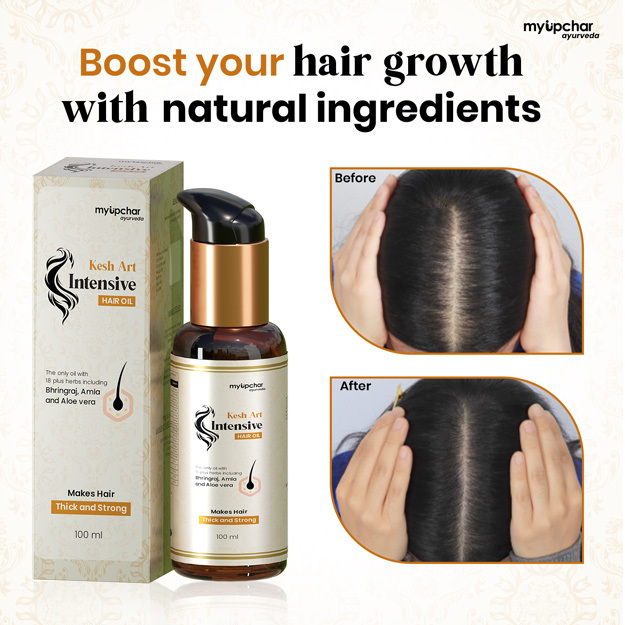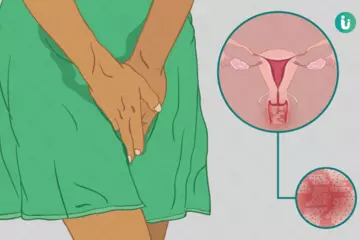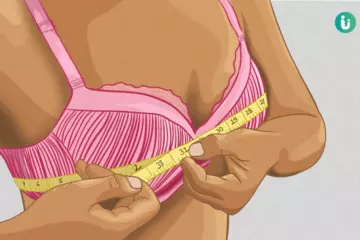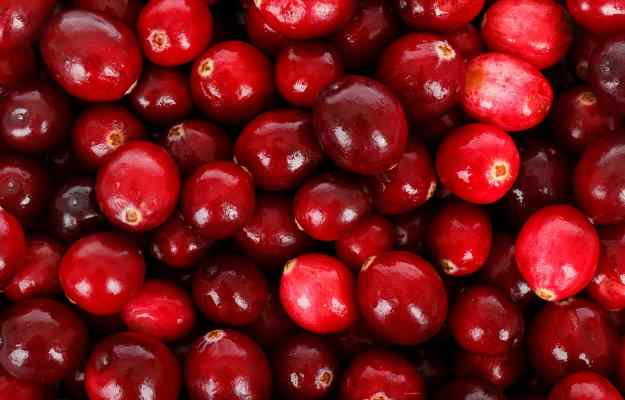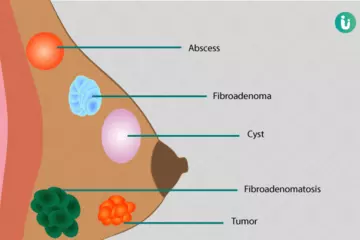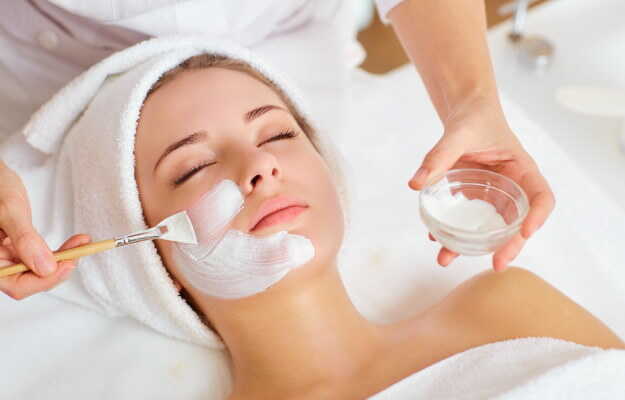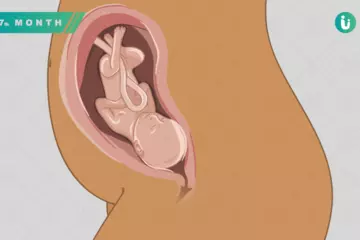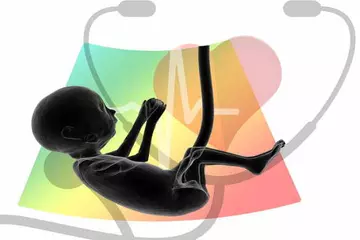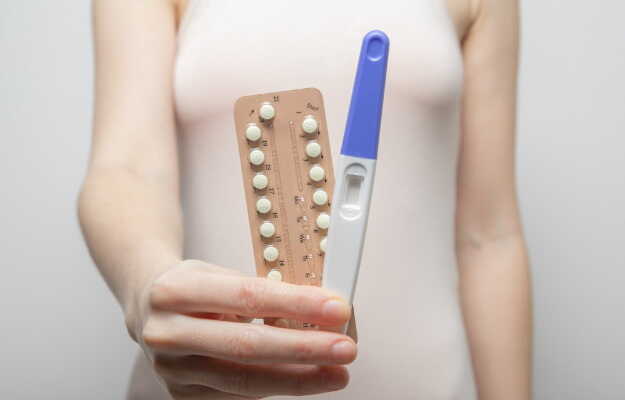A sprained thumb can be extremely painful. Thumb sprains normally involve the ulnar collateral ligament (UCL) at the base of the thumb. Depending on the type of sprained thumb, recovery can take up to six weeks. Skier's thumb is one of the most common kinds of thumb sprain. It gets its name from the fact that skiers often get this injury - falling with a skiing pole in hand can lead to a rupture in the UCL, the soft tissues that connect the bones of the thumb.
Skier’s thumb is also called gamekeeper’s thumb. The reason: hunters often suffered this injury in the past while twisting the necks of birds and rabbits. While the two terms are used interchangeably, skier’s thumb is often identified as an acute (sudden) injury while gamekeeper’s thumb, which affects the same part of the thumb, develops over time.
Volleyball players or basketball players who handle a ball much larger than their hands are also more prone to this type of injury, which can worsen over time with repeated use of the injured thumb. In some cases, the use of tools such as a wrench or hammers, or even wringing clothes before drying them can result in the outward stretching of the thumb.
People can make a full recovery from this injury with the right treatment methods and resume work or activity in a short span of time.

 Doctors for Skier's Thumb
Doctors for Skier's Thumb 



















